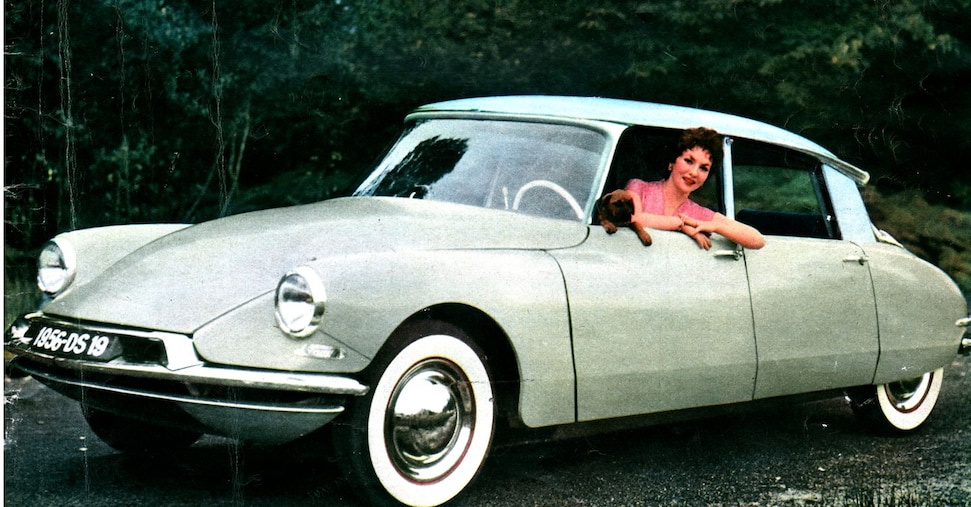Key Takeaways
- The Citroën DS, unveiled in 1955, is regarded as an iconic car with groundbreaking technology.
- Innovations included hydropneumatic suspension, disc brakes, and headlights that turned with the steering.
- Produced until 1975, the DS was celebrated for its unique design and advanced features.
The Birth of a Legend
On October 6, 1955, Citroën introduced the DS at the Paris Motor Show, capturing the public’s imagination with its avant-garde design and pioneering technology. Nicknamed “Squalo” in Italy, the DS (pronounced “déesse,” meaning goddess) revolutionized the automotive landscape with features that were unattainable for contemporary vehicles.
One of the standout innovations was the hydropneumatic suspension system, allowing drivers exceptional comfort and stability. This technology enabled the car to operate on three wheels in the event of a tire puncture. Additionally, it allowed for the unusual capability of lifting the car for tire changes without a jack. The DS was equipped with four disc brakes and unique headlights that illuminated curves, enhancing safety on the road.
Designed to outperform the older Traction Avant, the DS represented a hallmark of French automotive excellence and was notably favored by President Charles de Gaulle. The car’s striking styling, defined by designer Flaminio Bertoni, featured aerodynamic lines and characteristics such as a one-piece safety steering wheel and a dashboard reminiscent of a spacecraft.
The DS was produced through two generations: the original model with round headlights and a subsequent one in 1967 with ellipsoidal headlights. Its production concluded in 1975, marking the end of an era with the final vehicle rolling off the assembly line.
Throughout its lifespan, the DS varied in form and function, offering economical ID versions and more luxurious Pallas editions, alongside unique variants like the cabriolet and the “Break” station wagon, known for its ability to transport newspapers.
The Citroën DS remains an enduring symbol of automotive innovation and style, reflecting a significant chapter in automotive history. Its groundbreaking technologies and design principles still resonate within the industry today.
The content above is a summary. For more details, see the source article.















